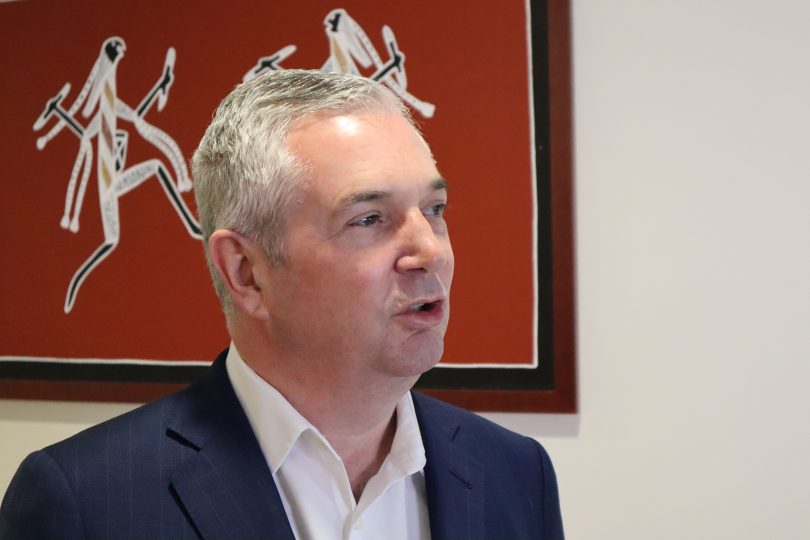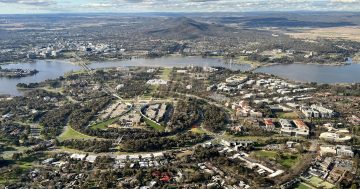
Canberra Business Chamber CEO Graham Catt says the ACT needs a private sector road map. Photo: Canberra Business Chamber
Too many Canberra businesses are failing and there is a lack of specific information why, according to the Canberra Business Chamber.
It is calling on the ACT Government to fund new research that would provide a clearer picture of Canberra’s business environment and what policies might stem the high rate of business closures and maintain jobs and economic growth.
Chamber CEO Graham Catt says the lack of clear data was hampering the ACT’s economic recovery from the pandemic, but more specific information would aid the government in achieving its avowed goal of creating 250,000 jobs by 2025.
He says it would also feed into a long-term strategic plan, including skills development, to grow the private sector in the ACT.
Even before the pandemic, the rate of business failures was high, with the ACT having the lowest long-term business survival rate in the country.
Within five years, only 62.5 per cent of ACT start-ups are still trading, compared with a national average of 65.1 per cent, according to the chamber.
“If you look at the business make-up in the ACT, the vast majority are small and micro, so having a clear data set that’s specific to them will help government make policy decisions and look at things that might be impacting that high rate of closures, and barriers to businesses growing and scaling and being able to employ more people,” Mr Catt says.
In its 2021-22 ACT Budget Submission, the Chamber has called on Chief Minister Andrew Barr to allocate funding for a regular survey of the local business community and economic conditions, similar to the work done in the UK by the Open University.
Mr Catt says The Quarterly Survey of Small Business in Britain tracks the key drivers of change for small to medium-sized businesses, providing critical data on which policymakers, support providers and the business community could act and plan for the future.
He says the government needs to know what the business sector looks like to generate those 250,000 jobs.
“Are we trying to grow particular sectors, new businesses in those sectors, and work with them so they can scale to employ more people?” Mr Catt asks.
“Having that kind of clear strategy … will give focus for the private sector and the government, and be able to track our progress as we work towards that jobs target and business target.”
Mr Catt says business wants to partner with government and the education sector on a road map to evaluate progress towards the goals they had set.
The Chamber is also calling for a skills and workforce plan as businesses grapple with labour and skills shortages, particularly in the digital area.
Mr Catt says not being able to find people to meet the demand for goods and services was the biggest handbrake on business growth.
He says having a plan will guide universities and CIT about the type of graduates industry needs, fast track training and assist government in promoting the capital region as ACT an employment centre.
“Certainly there is a role for the ACT Government in how we look at attracting people to move to Canberra. How do we market Canberra as an employment destination, particularly in the private sector?”
The Chamber has also called for less red tape and the continued funding of the better regulation task force, support for export-oriented business and markets, ensuring local industry benefits from infrastructure projects, and extending zero-interest loans for solar panels and zero-emission vehicles for small business.
The government will hand down the second of its two budgets this year in August.





















